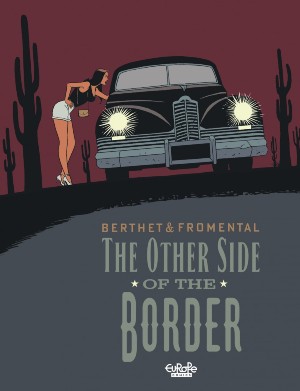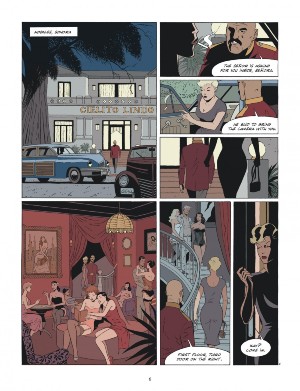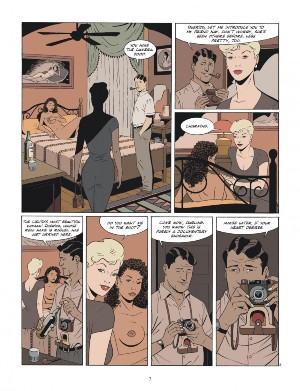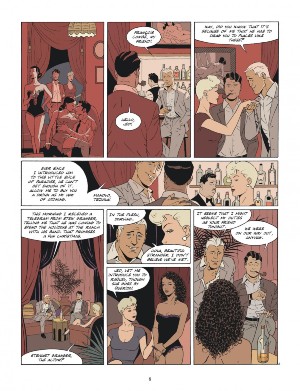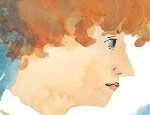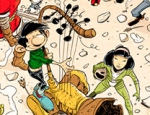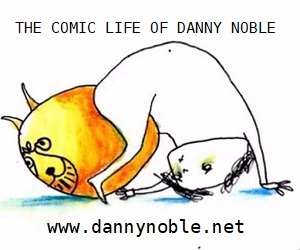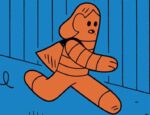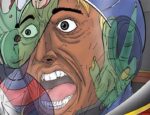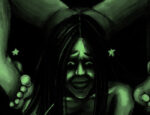Francois Combe is a mobile figure. A rich French-Belgian author of detective stories (nicknamed the “French Edgar Wallace”), Combe has transplanted himself to a ranch in Arizona, raising his son Paul in an American fantasy fully staffed with beautiful women. But this boundary breaking exists within this new domicile too, with Combe conducting multiple affairs and travelling to brothels across the US-Mexico border, “documenting” the nude women as “inspiration” for his writing. However, one night a prostitute turns up slain, and Combe searches through the social structures to find the “Nogales Ripper”.
There are some thorny issues lying just beneath the surface of this 1948-set throwback noir. Like how Combe’s womanising becomes directly linked to the female victims, their brutal suffering (all too real to them and their families) primarily “fascinating” fodder for Combe’s next book. Yet The Other Side of the Border barely touches upon these ideas. Instead of interrogating Combe’s complicity or privilege, he is presented as a straightforward investigator who (only vaguely) assists in the case. The Other Side of the Border is actually narrated by his maid Estrellita, but she is given so little character or agency the book feels split apart. It neither commits to showcasing the impoverished perspective in Mexico or the affluent upper-classes in Arizona, straddling the border to result in a standard crime story.
The Other Side of the Border has a good look, courtesy of Phillipe Berthet providing lovely smooth artwork. Dominique David assists with colours, with lighting up red-tinted nightclubs and sun-drenched deserts, while providing appropriate heavy shadows. Berthet’s elegant curves, alongside small touches of authentic details, are reminiscent of Jamie Hernandez in Love and Rockets. It isn’t quite as lively, though, which adds to another problem with The Other Side of the Border; its lack of atmosphere. Noir comics do not need the most complicated plots, but they do require some extra spark (be it heightened stylisation or hardened realism) to pull readers into their worlds. The Other Side of the Border appear to be aiming for a seedy underbelly, but it all feels too neat and clean and straightforward to work. Even the moments of violence – somewhat shocking in this otherwise placid comic – stick out sorely rather than add to any urgency.
The Other Side of the Border is not altogether poor, but it is lacklustre in a way that fails to elevate it above other crime comics. Perhaps if it had focused upon the messy entrails at its core it would be more memorable, but it shuffles around them instead. The book doesn’t bring enough depth or complexity to its subject matter to become worthwhile, leaving it on the outside of these issues, looking in.
Jean-Luc Fromental (W), Phillipe Berthet (A), Dominique David (C) • Europe Comics, 7.49€
Review by Bruno Savill de Jong





